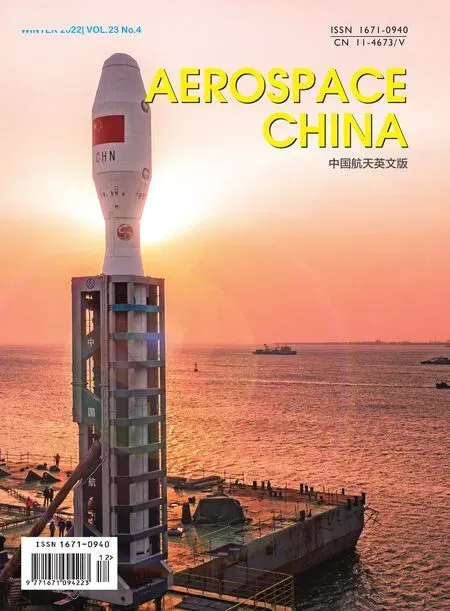Research on Key Technologies for Reusable Liquid Rocket Engines
2022-07-15LIBin
LI Bin
Academy of Aerospace Propulsion Technology,Xi’an 710100
Abstract: Based on current research,the development trend of reusable liquid rocket engines was analyzed.Key technologies and research focuses of the reusable liquid rocket engine have been analyzed and summarized,and then suggestions on the development of future key technologies are proposed.
Key words: reusable,liquid rocket engine,development trend,key technology
1 INTRODUCTION
Reducing the cost of space transportation,shortening the launch preparation period and improving the launch frequency are the practical requirements for large-scale development and utilization of space resources.The development of reusable launch vehicles is an effective way to meet the above requirements[1].The reusable liquid rocket engine needs to go through the processes of start-up,shutdown,throttling and normal running,which makes the critical components operate in a harsh environment with high-speed rotation,combustion heat release,high and low temperature,high pressure and vibration over a long period.In addition,the engine also needs to withstand the impact of the complex thermal-mechanical environment during the whole mission profile,including take-off,ascent,return and landing[2]of the vehicle,therefore it makes the design extremely difficult[3,4].
In the 1980s,the U.S.Space Shuttle Main Engine (SSME)[5]achieved the first engineering application of reuse of a liquid rocket engine[6].However,due to the onerous detection and maintenance work required for reuse[7],only 8 times of repeated operation were recorded for a single engine.It did not reach the designed 55 times for reuse.Due to high launch costs and long launch period,the space shuttles were retired in 2011.
In recent years,the reusable flight of the SpaceX Falcon 9 rocket has become mature,forming a strong competitor in the international launch market.Its main power,the Merlin-1D engine[8]adopts a gas-generator cycle,achieving a sea level thrust of 845 kN,with a sea level specific impulse of 288.5 s and vacuum specific impulse of 312 s[9].According to the requirements of reusability,the pintle injector is used in the thrust chamber to achieve a thrust throttling capacity of 40%−100%.New materials and processes such as 3D printing and lightweight materials were adopted to improve the thrust-mass ratio of the engine.A tri-redundancy engine controller was configured to realize valve timing control,thrust throttling and vector control.Meanwhile,SpaceX is developing a superheavy interplanetary launch vehicle for the Starship with a reusable liquid oxygen/methane engine[10](Raptor) as its main power system.The engine will have a sea level thrust of 2300 kN,a combustor pressure of 30 MPa and a sea level specific impulse of 3204 m/s (327 s)[11].The engine adopts a full-flow staged combustion cycle,which has the advantages of high specific impulse and low precombustion chamber temperature,which is conducive to increasing the number of times for reuse[12].The engine is equipped with a number of key technologies for reuse,such as torch igniter,multiple starting and wide-range thrust throttling ability.At present,as the main power of Starship,it has realized autonomous controllable recovery and reuse test verification.In order to improve the thrust-mass ratio of the engine,a large number of 3D printing and integrated designs are adopted based on the design concept of lightweight and high integration,e.g.,the integration of oxygen turbopump and gas generator,the integrated design of booster and main turbopump,the integration of oxygen turbopump and thrust chamber[13].The successful reuse of Merlin-1D and Raptor engines has once again attracted attention on the research of reuse technology around the world.High-thrust liquid oxygen-methane engines such as BE-4[14-19]and Prometheus[20]have also officially joined the development queue to promote the reusable application for aircraft[21,22].
Russian RD-170/180/191 engines use an oxygen-rich staged combustion cycle system[23,24],which represents the highest level of liquid oxygen/kerosene engine technology in the world.The RD-170 engine has been reused 20 times for test runs[25].Tests of RD-180/191 engines have also proved that they have a certain ability of repeated use,among which the RD-180 engine achieved 18 times of repeated tests.Up to now,there is no record of repeated flights for RD-170 series of engines.
In September 2022,China’s self-developed liquid oxygen/kerosene engine achieved repeated flight test verification for the first time,marking the country’s initial mastery of liquid rocket engine reuse technology.The 130-ton reusable liquid oxygen/kerosene high-pressure staged combustion cycle engine designed for China’s new generation of reusable launch vehicles has thus completed four dual-start test verifications.According to the flight mission,the full-procedure test verified the process of dual ignitions,the control process of the valve system,the maintenance state and treatment process during the standby period.Breakthroughs have been made in key technologies,including the dual ignition of the reusable high-pressure staged engine,low inlet pressure starting,and thrust vectoring.The first full engine test of an 80-ton reusable liquid oxygen/methane engine for low-cost commercial applications has also been completed.The engine adopts the gas generator cycle mode and rear swing layout,which can realize a wide range of thrust adjustments (30% to 100%) and mixing ratio control.It has 3−4 ignitions with fault diagnosis and rapid test/launch capabilities.The 200-ton liquid oxygen/methane engine will be the liquid engine with the largest thrust,the highest performance and the most advanced technology in China.The engine adopts a full-flow staged combustion cycle,and has a throttling range of 25%−110%.It is developed based on the design philosophy of the reusable rocket engine,along with reusable state detection and evaluation,reusable utilization and maintenance features.
According to the technical characteristics of liquid rocket engines and the requirements for advanced reusable vehicles for engines in the future,the development of reusable liquid rocket engine technologies has the following trends and characteristics:
1) The performance and functionality of the reusable engine continue to improve.Energy utilization levels have increased from gas generator cycles,oxygen-rich/fuel-rich staged combustion cycles to full-flow phased combustion cycles.The degree of multi-component integration is gradually increasing for a higher engine thrust-to-mass ratio.
2) The range of thrust throttling has gradually expanded.In order to meet the requirements for reusable vehicle recovery and landing,the minimum thrust throttling ability of the engine has gradually extended from the initial 40%−60% to a deep throttling level of 25%.
3) The number of engine start-up cycles increases continuously.In order to improve the adaptability of reusable engines for different flight missions,the number of engine start-up cycles has been gradually increased from the initial single to more than four.
4) The level of automation and intelligence continues to improve.The engine comes with an intelligent control module for thrust deep throttling and precise mixture ratio control,and is equipped with a fault diagnosis module for real-time monitoring,diagnosis and reporting of engine status to improve engine reliability.
Based on the characteristics of the reusable liquid rocket engine,key technologies for reusable liquid power are identified and analyzed,and suggestions on the development for reusable rocket engine technology are proposed.
2 ACTIVE CONTROL AND PROTECTION TECHNOLOGY FOR REUSABLE ENGINES
The liquid rocket engine is characterized by intense energy release,rapid dynamic development,and a harsh working environment,which is specifically manifested in a complex operating process adapting to dramatic environmental changes (90 MPa/s,4000 K/s) within the system and components.The parameters witnessed in the process of starting and shutting down tend to exhibit large shocks and oscillations,instantaneous vibration shock can reach 5000 g and the steady-state RMS value can reach 550 g,as shown in Figure 1 and Figure 2.
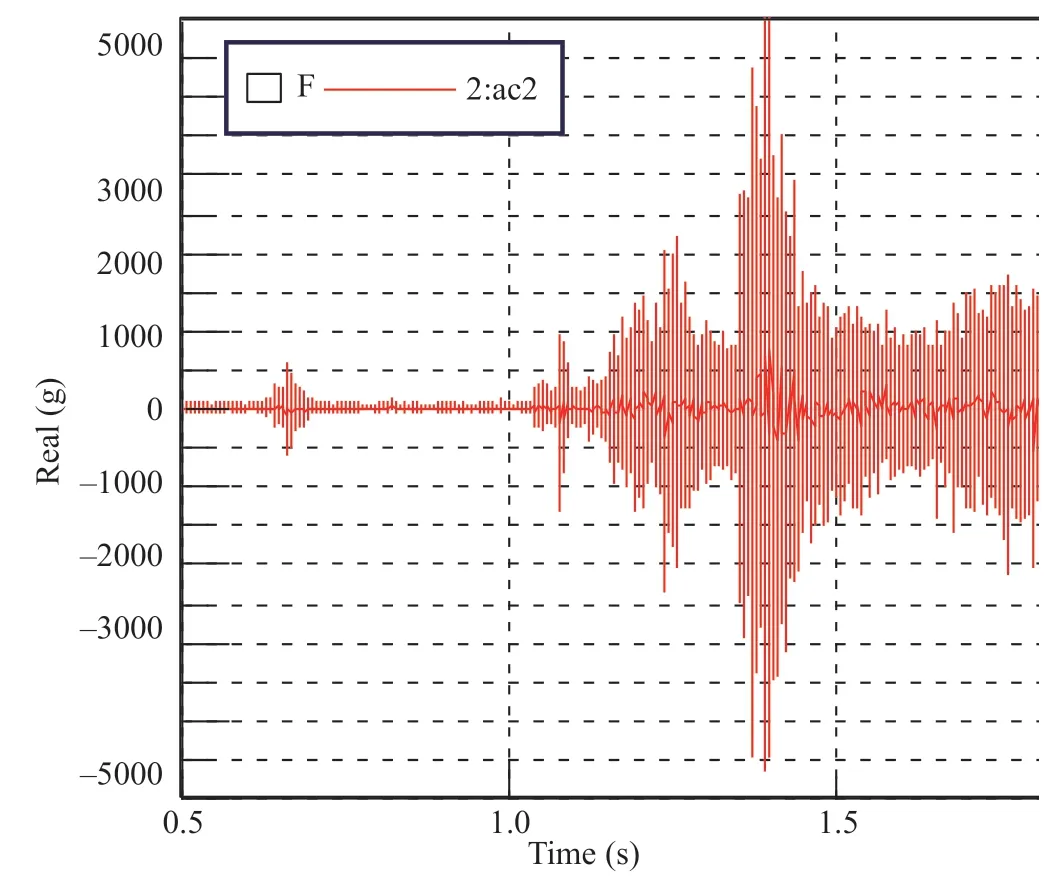
Figure 1 Instantaneous vibration shock
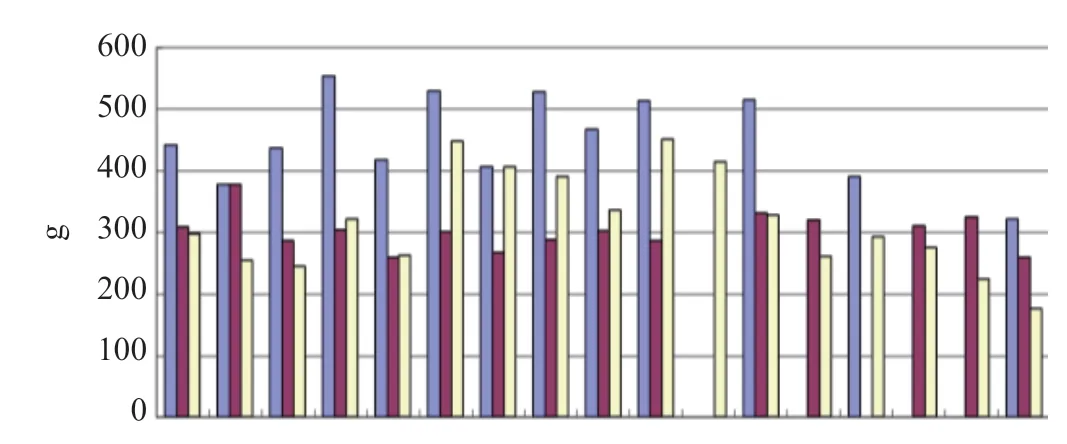
Figure 2 Vibration RMS value
Therefore,comparing to that of a single-use engine,it is necessary to comprehensively consider the function,performance and service maintenance of the reusable engine,and achieve breakthroughs in a series of key technologies such as increasing the reliability of repeated-use structures,thermal environment prediction and protection,deep thrust throttling and precise control of the mixture ratio.
2.1 Reliability Technology for Reuse Structures
2.1.1 Vibration control technology
The vibration source of a liquid rocket engine is complicated and volatile during operation.Combustion oscillation,fluid excitation,rotordynamic excitation,system coupling oscillation,etc.,can cause wide-frequency,high-magnitude destructive vibrations.The blade fracture caused by rotor cavitation self-excited vibration is shown in Figure 3.In addition,the complex load caused by high and low temperatures,high pressure and multisource vibration can easily lead to the damage of engine structure.Some studies have shown that pipeline failure caused by vibration accounts for more than 30% of the total engine failure rate.The fracture of small pipelines under vibration is shown in Figure 4.Therefore,it is important to develop vibration control technology aimed at combustion oscillation,cavitation self-excited oscillation and other multi-source coupled vibration.
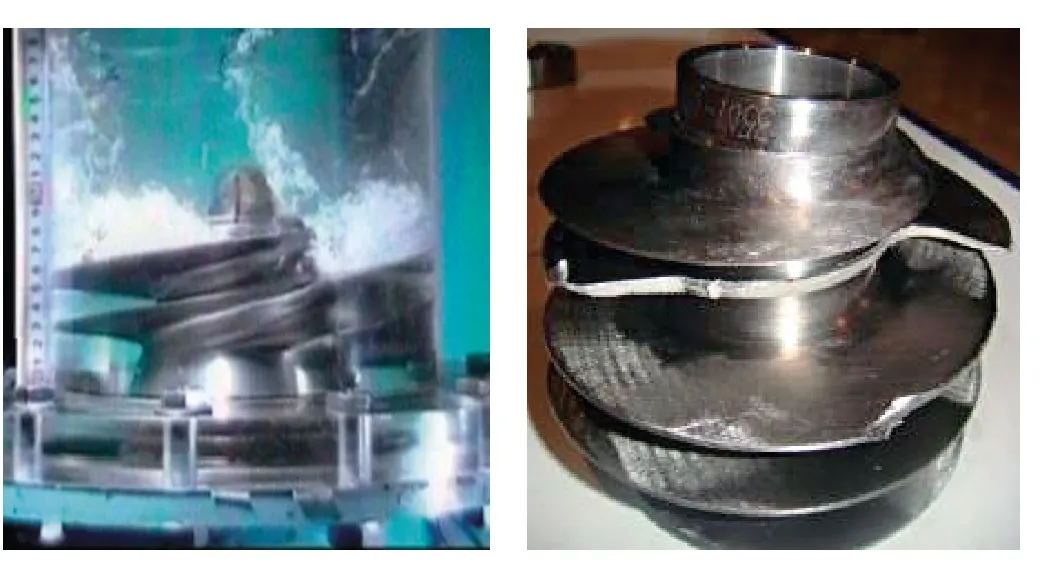
Figure 3 Blade fracture caused by rotor cavitation selfexcited vibration
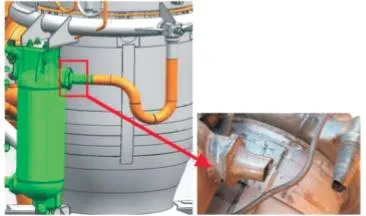
Figure 4 Fracture of small pipelines under vibration
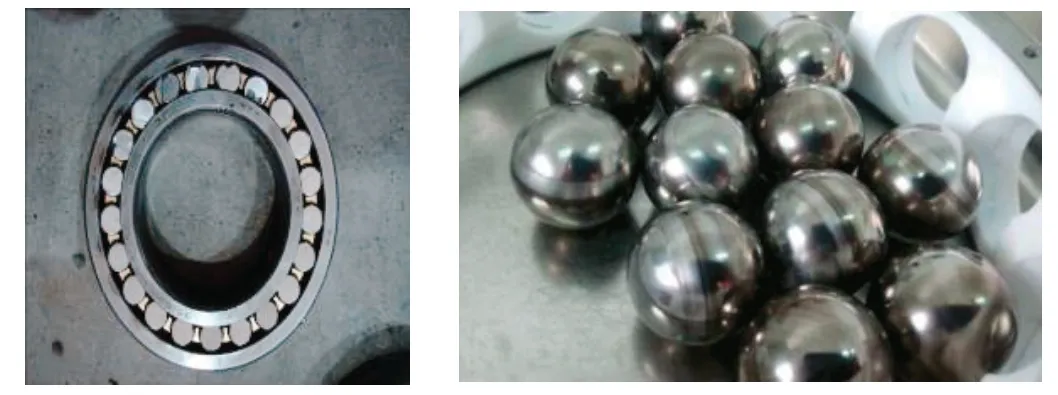
Figure 5 Blackening and structural damage of bearings after a long time of high-speed operation

Figure 6 The change of sealing damping characteristics caused by long working time and multiple start-stops
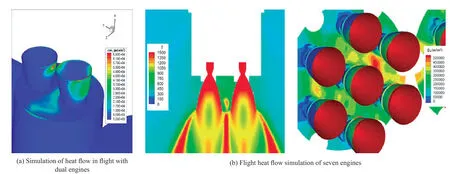
Figure 7 Simulation of engine heat flow in flight
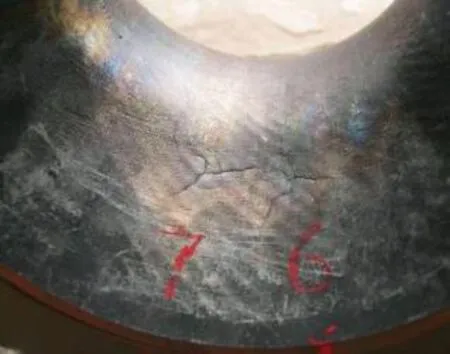
Figure 8 Cracks in the throat area of an engine thrust chamber
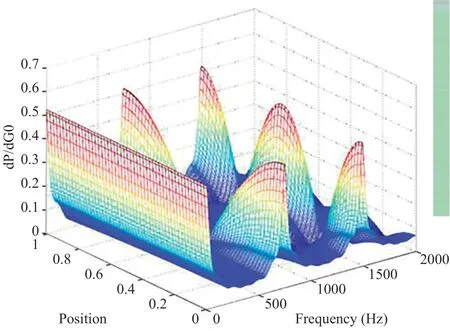
Figure 10 Combustion and acoustic characteristics of the generator
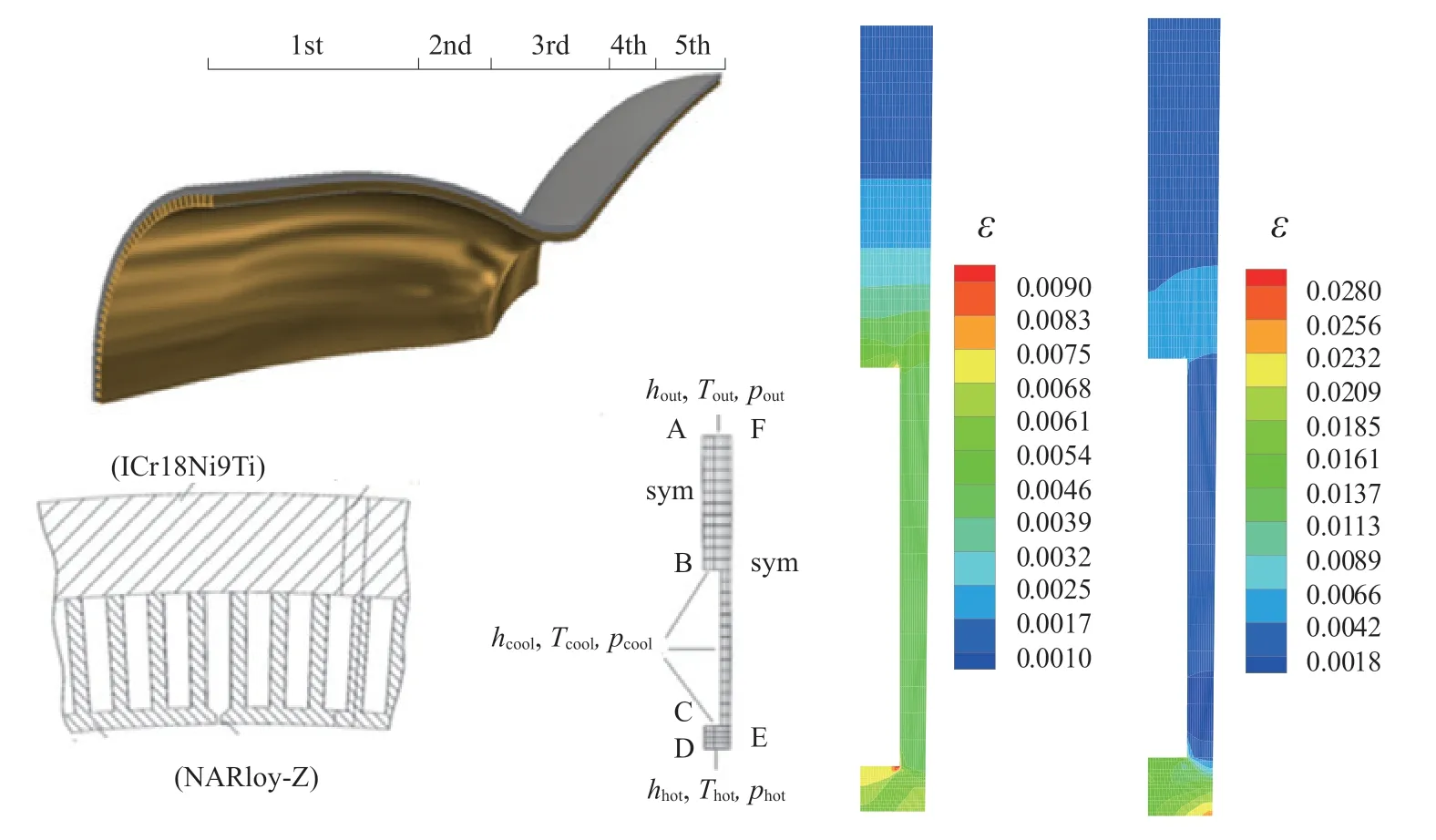
Figure 11 Life evaluation of thrust chamber walls
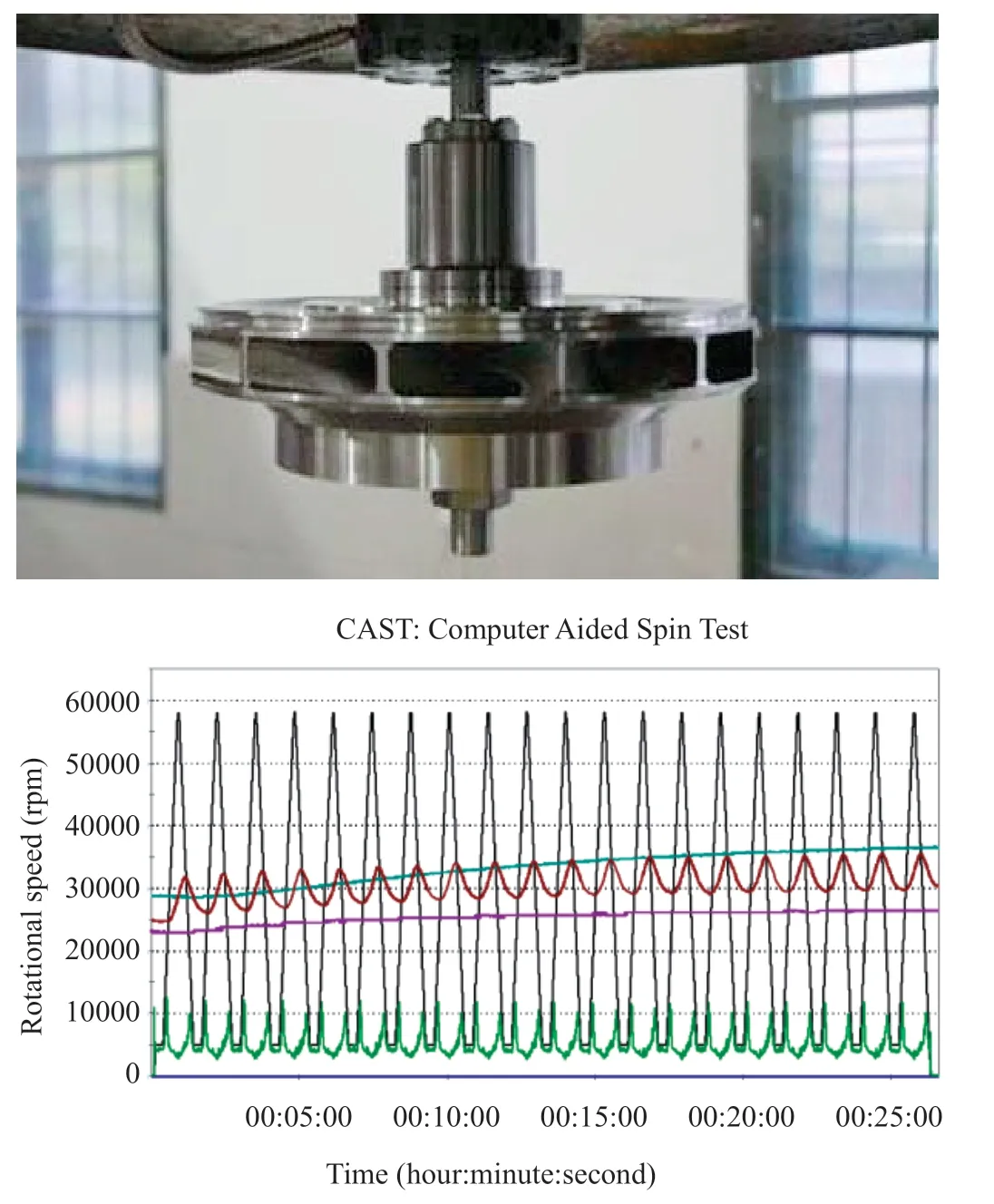
Figure 12 Low-cycle fatigue test technology for rotating parts

Figure 13 Thermal mechanical fatigue test technology for thrust chamber wall

Figure 14 Displacement fault detection strategy
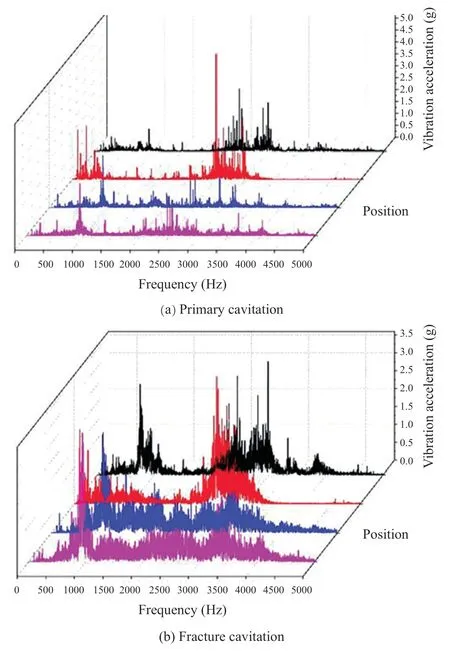
Figure 15 Vibration characteristics of centrifugal pump
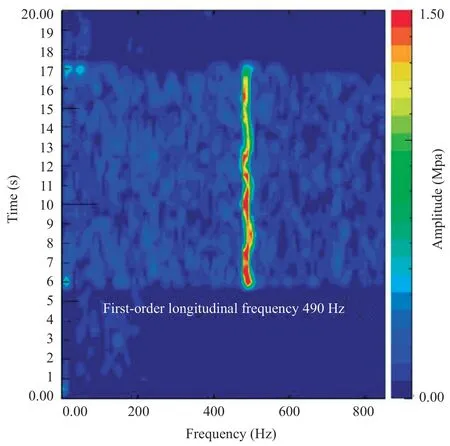
Figure 16 Chromatogram of the hot-firing test of a reduced-scale gas generator
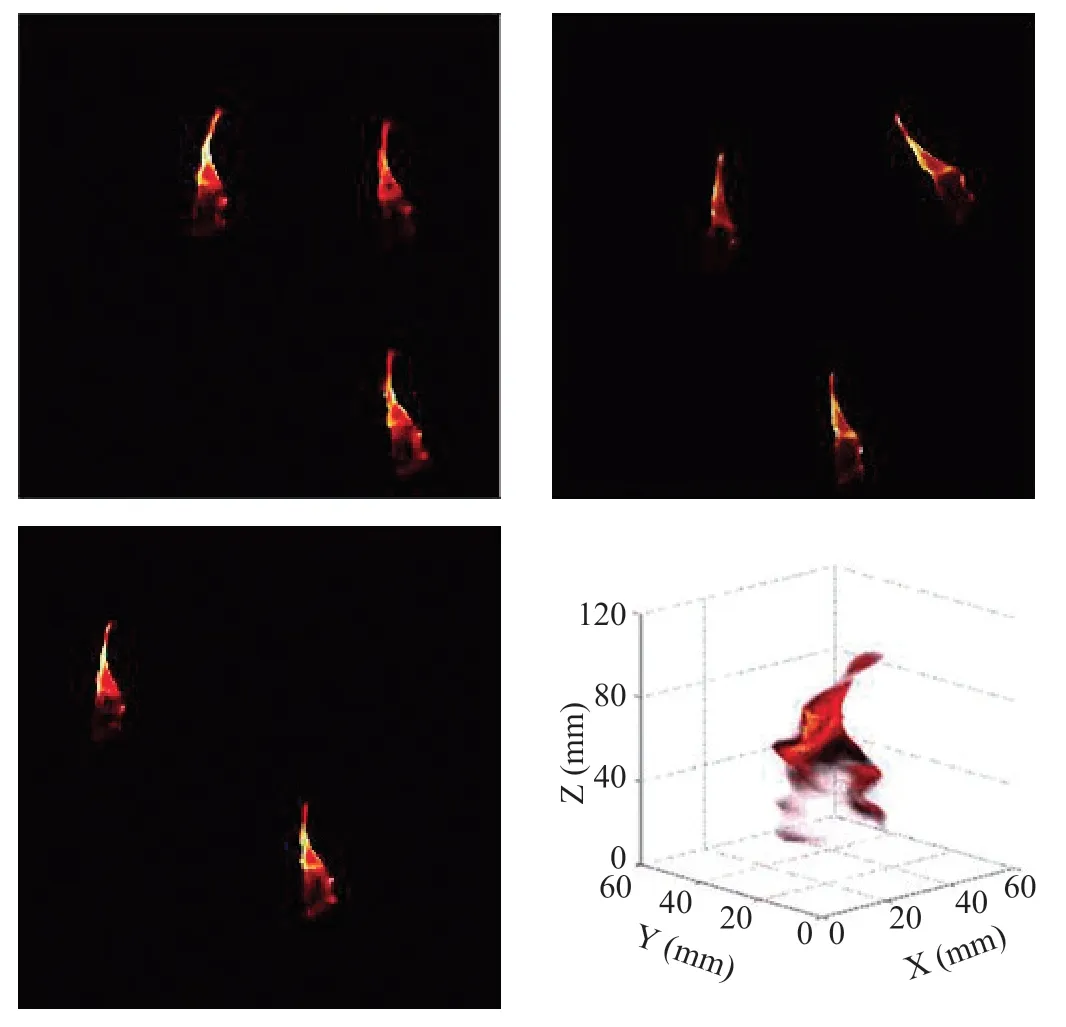
Figure 17 Reconstruction of combustion field by optical imaging[26]
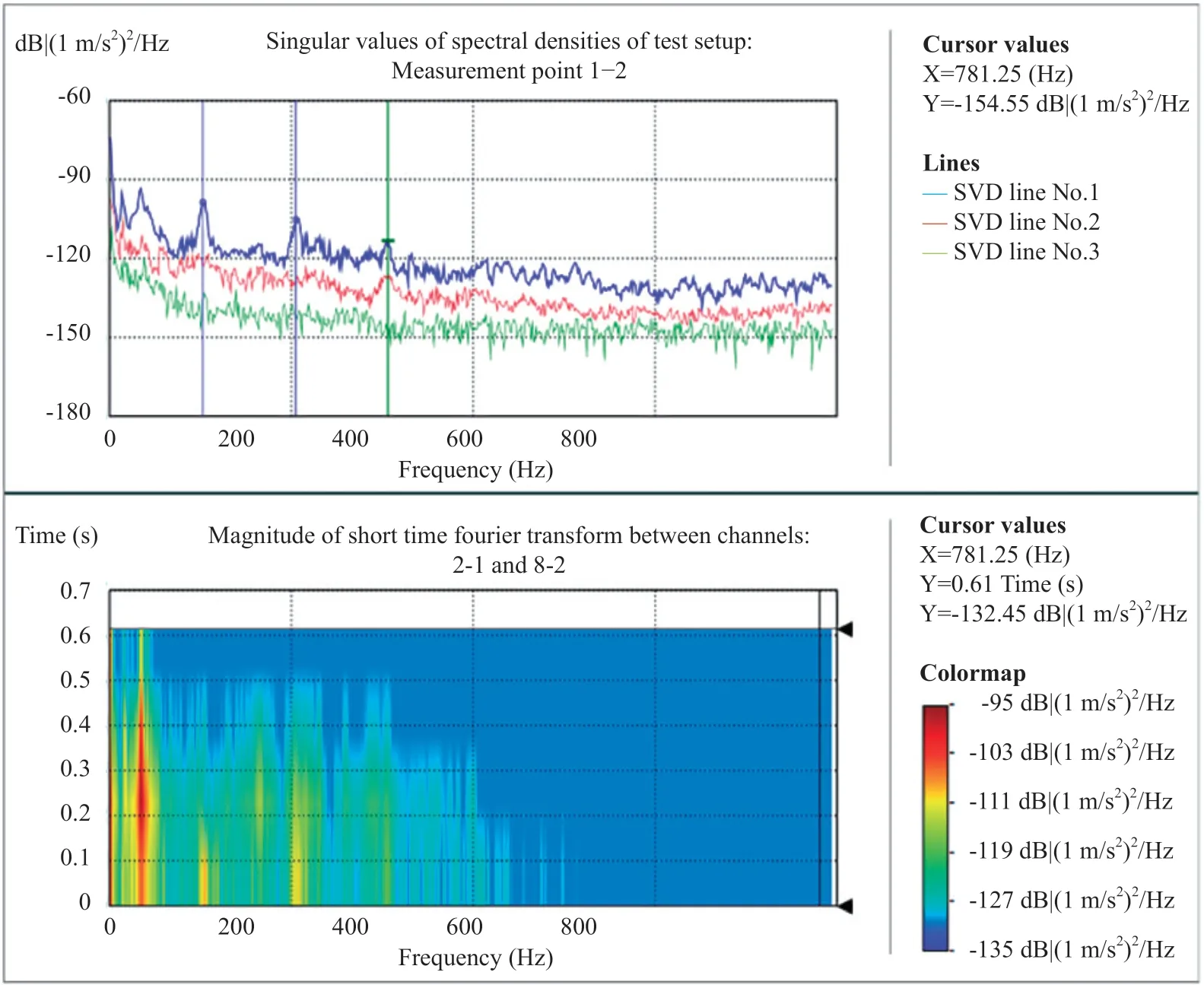
Figure 18 Dynamic strain measurement based on fiber bragg grating
2.1.2 Friction and wear control technology
During repeated use,the operating time and start-stop times of the engine increase,and there is a risk of serious wear of the rotating and sealing components.Oxygen pump bearings work at low temperature,high DN value (the product of bearing inner diameter and speed) and heavy load working environment.The contact stress between steel ball and raceway is extremely high (about 2500 MPa),and the heat generated by wear will lead to blackening and abnormal deformation of ball bearings,and even result in the fracture of bush and ball bearings.In this regard,it is necessary to carry out research on the structure of new bearings such as the three-point-contact ball bearing with two-piece inner rings and deep groove ball bearings.
The wear and thermal fatigue of the end face seal in turbo pumps happens at a high PV value (≮96 MPa · m/s),large vibration and in a strong shock (about 5000 g) environment,will cause the reduction of seal performance and increase the risk of fluid leakage,seriously affecting the performance and safety of engines.In view of this problem,the surface of the friction pair ring can be coated to improve the strength and wear resistance,improve the impact toughness of graphite,and reduce the friction coefficient.At the same time,hydrodynamic sealing technology with low-leakage,zero-wear performance and adaptive to repeated start-stop conditions,can be adopted.
In addition,in the case of repeated use,the wear of a guide pair caused by multiple openings and closings of automatic devices is also a problem that needs special attention,and corresponding key technologies need to be investigated and adopted.
2.2 Thermal Environment Prediction and Protection Technology
2.2.1 Thermal environment prediction and adaptability analysis of multi-engine configuration
The first stage of a reusable vehicle usually adopts a multi-engine configuration.In the process of flight to space and return to Earth,the power system will face an extremely harsh thermal environment.The maximum heat flow at the bottom of the dual-engine module of a 100-ton liquid oxygen/kerosene engine reaches 550 kW/m2during flight,while the value reaches 850 kW/m2for a seven-engine module.At present,the heat flow simulation technology for a vacuum environment is not mature,so the research method combined simulation and experiment to obtain the environmental heat flow parameters.
2.2.2 Thermal environment prediction and protection technology of critical parts
The connection structure of the thermal shield of the engine is vulnerable to the influence of the high temperature thermal environment,where the temperature rise can reach more than 1000°C without taking protective measures,which is extremely destructive.By adding a heat shield to joint sites,the temperature rise can be reduced to about 120°C,which greatly improves the reliability of the structure.
The thrust chamber is a critical component of a reusable rocket engine,and large plastic deformation may occur under extreme temperature and pressure differences in the inner wall of the cooling channel during multiple operations.With the increase of the number of cycles,the inner wall will be gradually deformed and thin.When the deformation accumulates to a certain level,cracks and even failure will occur.Looking at the plastic deformation and failure of the thrust chamber’s cooling channel,which is caused by low cycle fatigue,high cycle fatigue,ratcheting and creep damage under cyclic thermal load,fatigue performance analysis should be carried out based on cyclic stress-strain responses,so the lifetime damage of the thrust chamber wall can be calculated in combination with parameters obtained from hot-firing tests.
The temperature of the brazing weld and fusion weld in the non-regeneratively-cooled section of the thrust chamber nozzle needs to be controlled in the flight heat flow environment to ensure that the structure meets the requirements under working load.For the regeneratively-cooled sections of the nozzle,due to the extreme heat flux on the gas side,the high pressure in the cooling channel,and the flow resistance of the cooling channel to be controlled,it is necessary to comprehensively consider the thermal environment adaptability,structural pressure,low flow resistance and other technical problems.Therefore,higher requirements are required for the design and processing of the regeneratively-cooled structure.
2.3 Thrust Deep Throttling and Mixture Ratio Precise Control Technology
2.3.1 Rapid adjustment and precise control technology over a wide-range of variable operating conditions
For reusable vehicles,deep throttling thrust is required to meet flight control requirements for their return and landing.In order to improve the reliability of the engine under various variable operating conditions,it is necessary to carry out targeted design and adaptability evaluation of key components,such as the stability of combustion components under low load conditions,the stability of the engine system,and the axial force balance characteristics of turbo-pumps.
In addition,when the engine is adjusted over a wide range of variable thrusts,especially under deep throttling conditions,when the intake conditions or external factors change,the change in the engine mixing ratio varies accordingly.In order to improve transport efficiency,the mixing ratio must be precisely controlled to improve the efficiency of propellant utilization.The research on high-precision control throttling modeling method considering the change of external conditions and the adaptive control throttling method based on PID model can improve the accuracy of engine condition control and enhance the rocket carrying capacity.
2.3.2 Active control technology for stability over a widerange of variable operating conditions
The working state of the gas generator and its supply system has a great influence on the engine characteristics in the oxygen-rich staged combustion cycle and full-flow staged combustion cycle.Particularly,for the reusable engine,when the thrust is deeply lowered,the injection pressure drop of the generator injection unit is further reduced,and the combustion condition is harsh at high mixture ratio,so it is easy to induce a low-frequency oscillation combustion at 100 Hz level.
Combustion oscillation coupled with the gas and liquid supply system will cause instability of the whole engine.The lower the operating conditions,the worse the stability,which has become a key technical problem that restricts the engine from further reducing the operating conditions.The stability control technology for a wide-range of variable operating conditions needs to be studied from the following aspects:
1) Acoustic characteristics of combustion and gas flow in the gas generator (hundreds of Hertz level);
2) Low frequency stability of the gas generator in low working conditions (hundreds of Hertz level);
3) Regulator stability of fuel flow in the gas generator (hundreds of Hertz level);
4) Stability of supply systems-combustion components(tens of Hertz level).
3 LIFE EVALUATION AND HEALTH MONITORING TECHNOLOGY OF REUSABLE ENGINES
The rapid development of faults (in the order of ms) of liquid rocket engines and the difficulty of the identification of characteristic parameters bring great challenges to the fault detection’s real-time performance,accuracy and reliability.Moreover,there are many single-point failure modes of the engine,so it is difficult to adopt a redundant design.Once a fault occurs,it will lead to the failure of the whole flight mission.At the same time,considering the reuse requirements,in order to greatly shorten the reuse period of the engine,it is necessary to quickly evaluate the reusability and reliability of the engine,and establish a series of key technologies to enhance life evaluation and health monitoring.
3.1 Engine Life Evaluation Technology
3.1.1 Full-life-cycle load environment identification technology
Accurate identification of a full-engine-life load environment is an important basis for life evaluation,verification and determination.By integrating test and flight telemetry data,numerical simulation,ground tests and other approaches,a full-life-cycle information database of vibration load,fluid pressure,and ambient temperature can be established for critical engine components by using big data fusion technology.
Based on the full-life information database of the engine,the load spectrum identification can be performed for the full operating stages of the engine,including start-up,transition,normal running and shutdown,and in the whole test cycle,including pre-test preparation,pre-cooling,hot run and post-test processing.In particular,for critical components and key positions such as turbo pumps,bearings and combustion chambers,the random fatigue load spectrum shall be identified under the combined action of static,vibration,high and low temperature and other real complex boundary conditions,and then the characteristic parameters of loads and constraints can be extracted by the constrained inversion method.
3.1.2 Life evaluation and reliability simulation method
At present,the methods of life evaluation and reliability simulation mainly focus on single components,local systems,etc.,and no complete,accurate and reliable fundamental material data system and life evaluation method have been established.Therefore,it is necessary to accelerate the establishment of fundamental data systems for material fatigue,creep,fracture,crack propagation and other performance factors,which are compatible with the manufacturing process and load environment of the liquid rocket engine.Meanwhile,research on welding,additive manufacturing,metal coating,high cycle fatigue of turbopumps,low cycle fatigue of thermal components,fatigue creep interaction,thermal mechanical fatigue and other aspects should be strengthened.
Developing evaluating methods for low-cycle fatigue of structures,high-cycle fatigue of turbopumps,thermal-mechanical fatigue of thermal components and vibration fatigue of pipeline structure,as well as establishing and improving the life and reliability evaluation process and standard system are the basis for accurate life assessment.
3.1.3 Verification test technology for engine repeat service life
The final determination of the engine reuse life needs to be evaluated and verified through tests.However,assessing the repeat service life directly through the whole engine test run is faced with problems of high risk,high cost and consumes considerable time,thus it is necessary to conduct research into multi-level life test verification technology from mock specimens,reduced-scale specimens,parts and components to the whole engine level.This includes but is not limited to rotary excitation test verification technology on the basis of high-speed rotation,pipeline and valve life test technology under the effect of thermal vibration coupling,pipeline fatigue life verification technology under different vibration excitation,reduced-scale thermal mechanical fatigue (TMF) test technology of thrust chambers,pipeline life verification technology under the combined excitation of foundation vibration and fluid pulsation.
3.2 Fault Diagnosis and Health Management Technology
3.2.1 Real-time monitoring system of slow-varying parameters
Based on pressure,temperature and speed,a ground test fault monitoring system with statistical confidence intervals was adopted to realize real-time monitoring of the initial stage and the stable operating phase.Targeting the problem of slow response to parameter monitoring in turbo-pump faults,a new engine fault monitoring scheme based on displacement change detection was developed to achieve “zero error detection” and“zero missed detection” of a large number of historical data.
3.3.2 Real-time monitoring system of fast-varying parameters
In the process of engine test and flight,real-time monitoring and diagnosis of engine state were conducted based on fast-varying parameters of turbopump rotors,pressure of combustion chamber pulsation as well as the pulsation and vibration caused by centrifugal pump cavitation.
The working environment of the turbopump is harsh and faults are prone to occur,therefore it is difficult to monitor and diagnose the early faults based on slow-varying parameters.By monitoring the fast-varying parameters such as vibration,a diagnosis system for turbopump rotor can be developed to realize early fault recognization of the turbopump rotor,bearing and other parts.The characteristics of wide-band pulsation and vibration,which appears when the cavitation in centrifugal pumps occurs,can be used to investigate the cavitation fault diagnosis of centrifugal pumps.
When the combustion is abnormal,the fast-varying parameters such as the pulsating pressure of the combustion chamber will exhibit an abnormal frequency.By monitoring these characteristic frequencies,the operating condition of the combustion chamber can be evaluated.
3.3.3 New highly reliable sensing testing technology
The design and development of a reusable liquid rocket engine has become highly dependent on advanced testing methods,and the requirements of testing technology,the test platform,equipment and data applications have increased.In particular,the acquisition of information on the engine hot test process such as temperature field,heat flow field,tail flame composition and plume distribution was incomplete,the test data was limited,so the application efficiency was low,the data mining was shallow,hence the verification was not sufficient,and the vulnerable segment of the engine could not be fully identified.Therefore,it is urgent to research and develop applications in new highly reliable sensing and monitoring technology.
A high-temperature pressure sensor without cooling can be developed for a direct measurement of the working pressure in gas generators,based upon which the working conditions of the gas generator and turbine can be judged to improve the real-time monitoring ability of thermal components’ health status.The combustion field is reconstructed based on optical imaging[26],and the tail flame of the engine is detected based on the metal component spectrum of the plume.Then the content of specific metal substances in the plume flame can be identified and analyzed,and fault location can be accurately located.The high frequency dynamic strain measurement based on Fiber Bragg Grating can judge the modal change of engine working process and monitor for the weak points of the structure in real time.On this basis,the image-based posture measuring technology can be integrated to accurately extract the frequency characteristics and structural load of the engine under working conditions.It is an important input for accurate structural static/dynamic strength simulation and prediction,and can be used to develop engine performance prototypes with structural characteristics.
4 SUGGESTIONS ON KEY TECHNOLOGY DEVELOPMENT OF REUSABLE LIQUID ROCKET ENGINES
4.1 Choice of Propellant Combination
Both propellant combinations of liquid oxygen/kerosene and liquid oxygen/methane can meet the requirements for reusable engines.The liquid oxygen/kerosene propellant combination has the advantages of high density-specific impulse,high safety and mature technology.The liquid oxygen/methane combination has the advantages of high specific impulse and fast and convenient post-processing,but the safety and reliable emission of gaseous methane needs to be ensured.
4.2 Relationship Between Reuse Times and Costs
As the number of reuse increases,the cost of the first 5 reuses decreases rapidly.Using 5 times before overhaul can reduce the cost per use to less than 50% of the initial cost.Reusing the engine for 20 times can reduce the equivalent single-use cost to 30% −40%,and the cost is basically stable after 20 times.The key to further reducing the cost in the future is to extend the overhaul period and reduce the overhaul and maintenance costs.
4.3 Balance Between Performance and Reliability
Different cycle modes have great differences in engine performance,internal working conditions and system complexity,which affect the carrying capacity,repeated use times and maintenance performance of the rocket.Taking the liquid oxygen/methane engine as an example,if the engine cycle mode is changed from open cycle to staged combustion cycle,the specific impulse will be improved from 295 s to about 320 s,which is a significant performance improvement.However,the staged combustion cycle engine has high working pressure,high heat flux and harsh vibration environment,which produces higher requirements for materials and manufacturing,making it relatively harder to improve the reuse life.
Therefore,it is necessary to comprehensively evaluate the impact of reusable liquid rocket power on the launch cost per unit load by considering performance,reuse life and reliability.
4.4 Intelligent Design of Reusable Liquid Rocket Engine
Compared with the single-use rocket engine,the reusable rocket engine has a more complex mission profile and faces the practical problems of both safety requirements and high maintenance support costs.In order to meet the needs of high reliability and economy of the vehicle,it is necessary to improve the intelligence level of the engine health management and life time evaluation.The whole life information database of vibration load,fluid pressure and the temperature environment of key engine components needs to be established using big data technology,and life evaluation of the whole mission cycle needs to be performed,i.e.,targeting specifically the needs of engine life and reliability assessment and verification under extreme multi-field loads,the lifetime reliability assessment method shall be studied considering transient shocks,physicochemical processes,defects and fault interference.Key technologies such as multidisciplinary co-simulation,multi-field coupling damage life/reliability assessment and structure-level test verification platform need to be established,which can strongly support the engineering development and application of reusable liquid rocket engines.
4.5 The Focus of the Key Technology Research for Reusable Engine
Key technologies such as improved reliability of reusable structures,thrust throttling and precise mixing ratios control,and thermal environment prediction and protection for multiple engines are critical to upgrading the liquid rocket engine from single-use to reusable.At the same time,it is necessary to accelerate the development of new materials,new processes and advanced detection technologies required for reuse,that is,to carry out research on the fatigue characteristics of special high-strength superalloys for liquid rocket engines,develop high-strength lightweight alloys,and strengthen the research of 3D printing and dissimilar welding processing technology.To support and improve the ability for reuse,fast start and maintenance,it is critical to carry out intelligent,miniaturized and refined development of test equipment and explore the application of non-destructive testing in the life evaluation of reusable engines.
杂志排行
Aerospace China的其它文章
- Kinetica-1 Carrier Rocket is Preparing for Launch
- CASC Released Blue Book of China Aerospace Science and Technology Activities in 2022
- Design and Application of Cloud Test Platform for Launch Vehicle Electrical System Based on Data-Driven Approach
- Psychological Issues in Simulated Space Missions: What We Learn From Chinese Crew
- Development Status and Prospects of Solid Rocket Motor Technology for Large Launch Vehicles
- Development Status and Main Application Progress of the Kinetica-1 Solid Launch Vehicle
